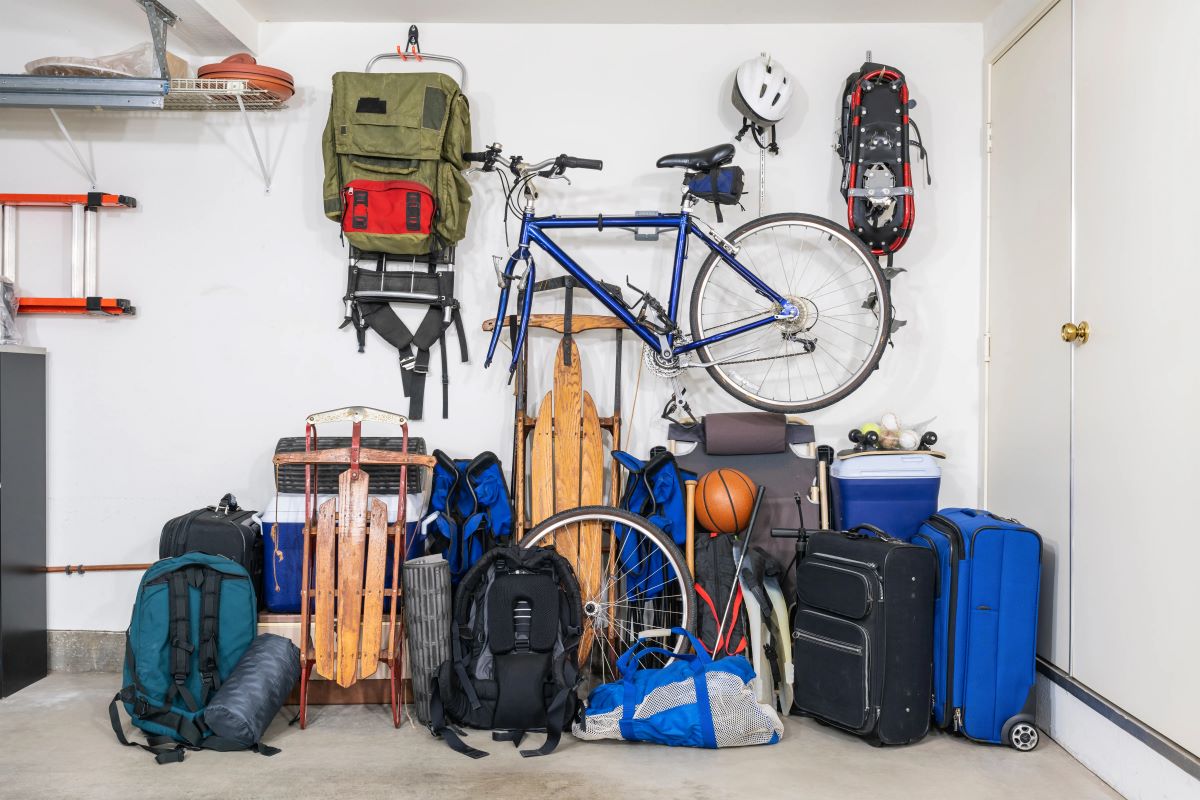

Articles
How To Store Luggage In Garage
Modified: October 27, 2024
Learn how to efficiently store luggage in your garage with these helpful articles.
(Many of the links in this article redirect to a specific reviewed product. Your purchase of these products through affiliate links helps to generate commission for Storables.com, at no extra cost. Learn more)
Introduction
When it comes to organizing your home and maximizing your storage space, the garage is often an underutilized area. With its vast square footage and ability to accommodate bulky items, the garage can be a great place to store luggage and belongings that are not frequently used. By properly storing your luggage in the garage, you can free up valuable space in your closets and living areas.
In this article, we will guide you through the process of storing luggage in your garage in a way that is both efficient and effective. We will provide step-by-step instructions on clearing the garage space, choosing suitable storage containers, preparing your luggage for storage, and organizing it in a way that allows for easy retrieval. Additionally, we will discuss important considerations for protecting your luggage from damaging factors such as pests and moisture.
So, if you find yourself struggling with limited storage options in your home and want to create more space while keeping your luggage safe and accessible, read on to discover the best practices for storing luggage in your garage.
Key Takeaways:
- Efficiently store luggage in your garage by decluttering, choosing suitable containers, and protecting from damaging factors. Maximize space and accessibility while maintaining the condition of your luggage for future use.
- Organize your garage space to create a clean and accessible storage area for your luggage. Utilize overhead and wall space, prioritize placement and accessibility, and implement regular maintenance to ensure your luggage remains in optimal condition.
Read more: How To Store Luggage At Airport
Step 1: Clearing the Garage Space
Before you start storing your luggage in the garage, it’s essential to clear out the space and create a clean and organized environment. This will not only make it easier to store your luggage but also allow for better accessibility in the future. Here are two important tasks to accomplish in this step:
- Decluttering: Begin by sorting through all the items in your garage and deciding what should stay and what can be discarded or donated. Look for items that you no longer use or need, such as broken tools, outdated equipment, or excessive clutter. This process will help create more space for your luggage storage and make the garage a more functional area.
- Organizing: Once the decluttering is complete, it’s time to organize the remaining items in your garage. Categorize similar items together, such as sports equipment, gardening tools, or seasonal decorations. Consider investing in storage solutions such as shelves, pegboards, or wall-mounted systems to maximize the use of vertical space. Label your storage areas to make it easy to find items later on. This will not only make room for your luggage but also enhance the overall efficiency and usability of your garage.
By decluttering and organizing your garage space, you’ll create a clean and welcoming environment to store your luggage effectively. It will also make it easier to access your luggage whenever you need it, saving you time and frustration in the long run.
Step 2: Choosing Suitable Storage Containers
Once you’ve cleared and organized your garage space, the next step is to select the right storage containers for your luggage. Here are three options to consider:
- Durable plastic bins: Opt for sturdy plastic bins with secure lids. These will protect your luggage from dust, moisture, and pests. Choose transparent bins or label them clearly for easy identification.
- Luggage-specific storage bags: There are specialized storage bags available that are designed specifically for luggage. These bags often come with built-in padding or protection for delicate items. They are a great choice if you want to keep your luggage in pristine condition.
- Vacuum-sealed bags: Vacuum-sealed bags are an excellent option for maximizing space. These bags remove excess air, reducing the size of your luggage and allowing you to stack them efficiently. They are ideal for bulky items like comforters or clothing.
Consider the size and quantity of your luggage when choosing storage containers. If you have multiple pieces of luggage, it may be more convenient to invest in larger plastic bins or use a combination of different storage solutions.
Remember to choose containers that are durable and can withstand temperature changes and environmental factors in the garage. Opt for high-quality materials that will ensure the long-term protection of your luggage.
By selecting suitable storage containers, you’ll be able to keep your luggage organized and protected from damage, ensuring that it remains in excellent condition for future use.
Step 3: Preparing Luggage for Storage
Before you store your luggage in the selected containers, it’s important to prepare them properly to ensure they remain in good condition while in storage. Here are two essential tasks to complete in this step:
- Cleaning: Thoroughly clean your luggage before storing it to remove any debris, dirt, or stains. Wipe down the exterior with a mild detergent and a soft cloth. Vacuum the interior to remove any crumbs or dust. Cleaning your luggage will prevent odors, stains, and the attraction of pests.
- Protecting fragile items: If you have delicate or fragile items within your luggage, take special care to protect them during storage. Wrap breakable items in bubble wrap or soft fabric to provide cushioning. Place them in the center of the luggage or separate them from other items with soft padding to prevent any damage.
By cleaning and protecting your luggage before storage, you are ensuring that it remains in optimal condition and is ready for use whenever you need it. This step is crucial in preserving the longevity and functionality of your luggage.
Step 4: Storing Luggage
Now that you have prepared your luggage, it’s time to store it in your garage. Consider the following storage options to make the most efficient use of your space:
- Utilizing overhead and wall space: Take advantage of the overhead and wall space in your garage. Install overhead racks or shelves to store larger pieces of luggage. Use sturdy hooks or wall-mounted hangers to hang smaller bags or to keep them off the ground. This way, you are making use of the vertical space in your garage while keeping the floor area clear.
- Stackable storage options: If you have multiple pieces of luggage, opt for stackable storage solutions. This can include stacking plastic bins or using storage cubes that can be arranged in a vertical formation. Be sure to place heavier items at the bottom to ensure stability and avoid any potential damage.
- Shelving units: Invest in shelving units that can accommodate your luggage. Adjustable shelves can be useful to customize the space according to the size of your items. Make sure the shelves are sturdy and can support the weight of your luggage.
When storing your luggage, consider the frequency with which you might need to access certain items. Place those that you use less frequently in higher or less accessible storage areas, while keeping frequently used luggage within easy reach.
Properly organizing your storage space will not only maximize efficiency but also protect your luggage from potential damage that can occur when items are stacked haphazardly or are difficult to access.
Store luggage in the garage by using clear plastic bins to keep items visible and protected from dust. Label the bins for easy identification and stack them to save space.
Read more: How To Organize Luggage
Step 5: Placement and Accessibility
Once you have stored your luggage in the garage, it’s crucial to prioritize placement and accessibility. Here are two key considerations for this step:
- Categorizing and labeling: Categorize your luggage based on different criteria, such as size, season, or type of use. This will make it easier to locate specific items when needed. Use labels or markers to identify the contents of each container or bag. Clear labeling will save you time and effort when searching for specific luggage in the future.
- Easy access for frequently used items: If you have luggage that you use frequently, ensure it is placed in an easily accessible location. This could be on lower shelves, within reach on wall hooks, or in a designated area that is convenient to navigate. By doing so, you can effortlessly retrieve your frequently used items without having to move other stored luggage.
By categorizing and labeling your luggage and ensuring easy access to frequently used items, you’ll save time and frustration in locating and retrieving specific pieces of luggage. This approach will also help maintain the organization and cleanliness of your garage storage area.
Step 6: Protecting Luggage from Damaging Factors
When storing your luggage in the garage, it’s important to protect it from potential damaging factors. Here are three key factors to consider:
- Climate control considerations: Extreme temperatures and humidity can have adverse effects on your luggage. If your garage experiences extreme temperature fluctuations or high humidity levels, consider using a dehumidifier or fan to regulate the environment. Additionally, avoid placing your luggage near windows or vents that can expose it to direct sunlight or drafts.
- Pest prevention methods: Garages can be susceptible to pests such as insects or rodents. To prevent infestations, seal any cracks or openings in your garage that could serve as entry points. Store your luggage in tightly sealed containers to create a barrier against pests. Consider using natural pest deterrents, such as lavender sachets or cedar blocks, inside the storage area.
- Moisture control techniques: Moisture can damage luggage by causing mold, mildew, or rust. To control moisture, avoid storing luggage directly on the floor or against walls. Use pallets or moisture-resistant materials underneath your luggage to create a barrier. Additionally, you can place moisture-absorbing products like silica gel packets or charcoal near your luggage to help absorb excess moisture.
By taking precautions to control the climate, prevent pests, and manage moisture levels, you will safeguard your luggage from potential damage and maintain its condition throughout the storage period.
Step 7: Maintenance and Regular Checkups
Even after storing your luggage in the garage, it’s important to dedicate time to regular maintenance and checkups. This will ensure that your luggage remains in optimal condition and can be used whenever needed. Here are two important tasks to complete in this step:
- Regular cleaning and inspections: Schedule regular cleaning sessions for your stored luggage. Dust off the exterior, vacuum the interior, and check for any signs of damage or pests. Inspect the containers or bags for any wear and tear, and address any issues promptly. Regular cleaning and inspections will help maintain the cleanliness and integrity of the stored luggage.
- Troubleshooting any issues: If you notice any issues with your luggage while it is in storage, take immediate action to resolve them. This could include repairing damaged zippers, addressing mold or mildew growth, or resealing containers. Timely troubleshooting will prevent further damage and ensure that your luggage remains in good condition.
By incorporating regular maintenance and checkups into your storage routine, you’ll be able to address any potential issues promptly and ensure that your stored luggage is always ready for use.
Conclusion
Storing luggage in your garage can be a practical and efficient solution for creating more space in your home. By following the steps outlined in this article, you can store your luggage in a well-organized and accessible manner, ensuring that it remains in good condition for future use. Here is a recap of the steps:
- Clear the garage space by decluttering and organizing.
- Choose suitable storage containers such as durable plastic bins, luggage-specific storage bags, or vacuum-sealed bags.
- Prepare your luggage for storage by thoroughly cleaning it and protecting fragile items.
- Store your luggage using overhead and wall space, stackable storage options, and shelving units.
- Ensure placement and accessibility by categorizing and labeling your luggage and keeping frequently used items within easy reach.
- Protect your luggage from damaging factors by considering climate control, pest prevention, and moisture control.
- Maintain your luggage by conducting regular cleaning and inspections, as well as troubleshooting any issues that arise.
By implementing these steps, you can make the most of your garage space while keeping your luggage stored safely and conveniently. Remember to periodically check on your stored luggage, especially before and after long periods of non-use, to ensure its continued protection and functionality.
Storing your luggage in the garage not only frees up space in your living areas but also provides a dedicated storage space that is easily accessible. With proper organization and maintenance, you’ll have peace of mind knowing that your luggage is stored in a secure and well-preserved condition until your next adventure.
Frequently Asked Questions about How To Store Luggage In Garage
Was this page helpful?
At Storables.com, we guarantee accurate and reliable information. Our content, validated by Expert Board Contributors, is crafted following stringent Editorial Policies. We're committed to providing you with well-researched, expert-backed insights for all your informational needs.
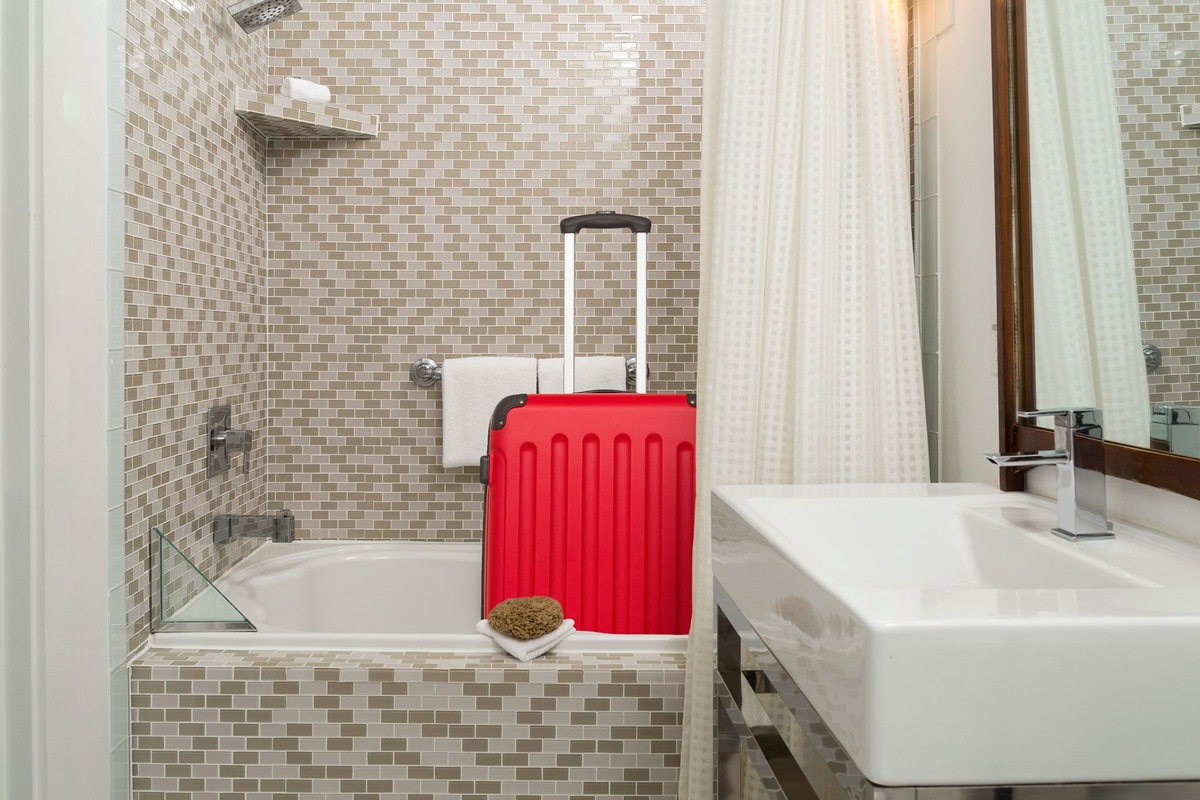


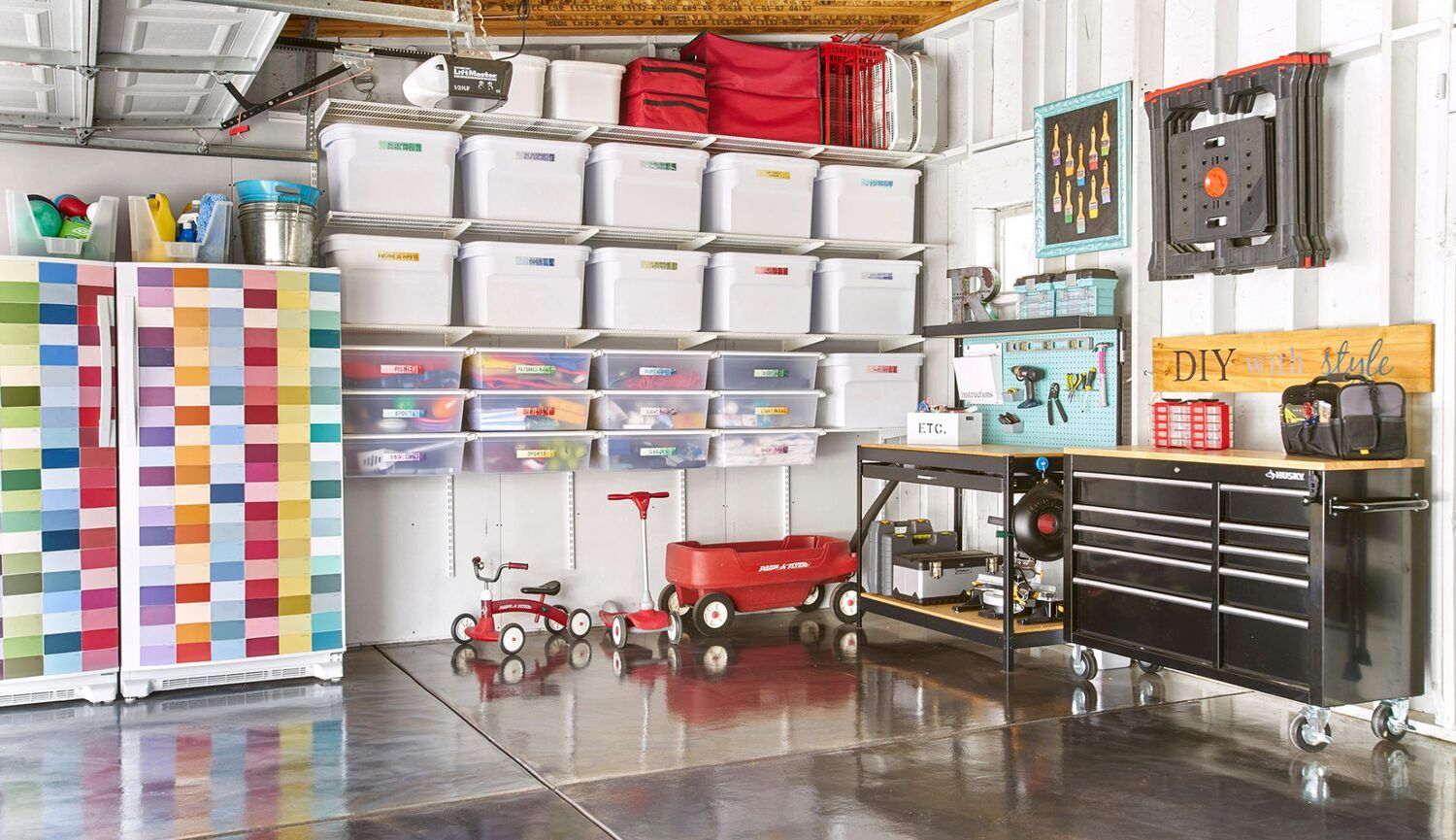
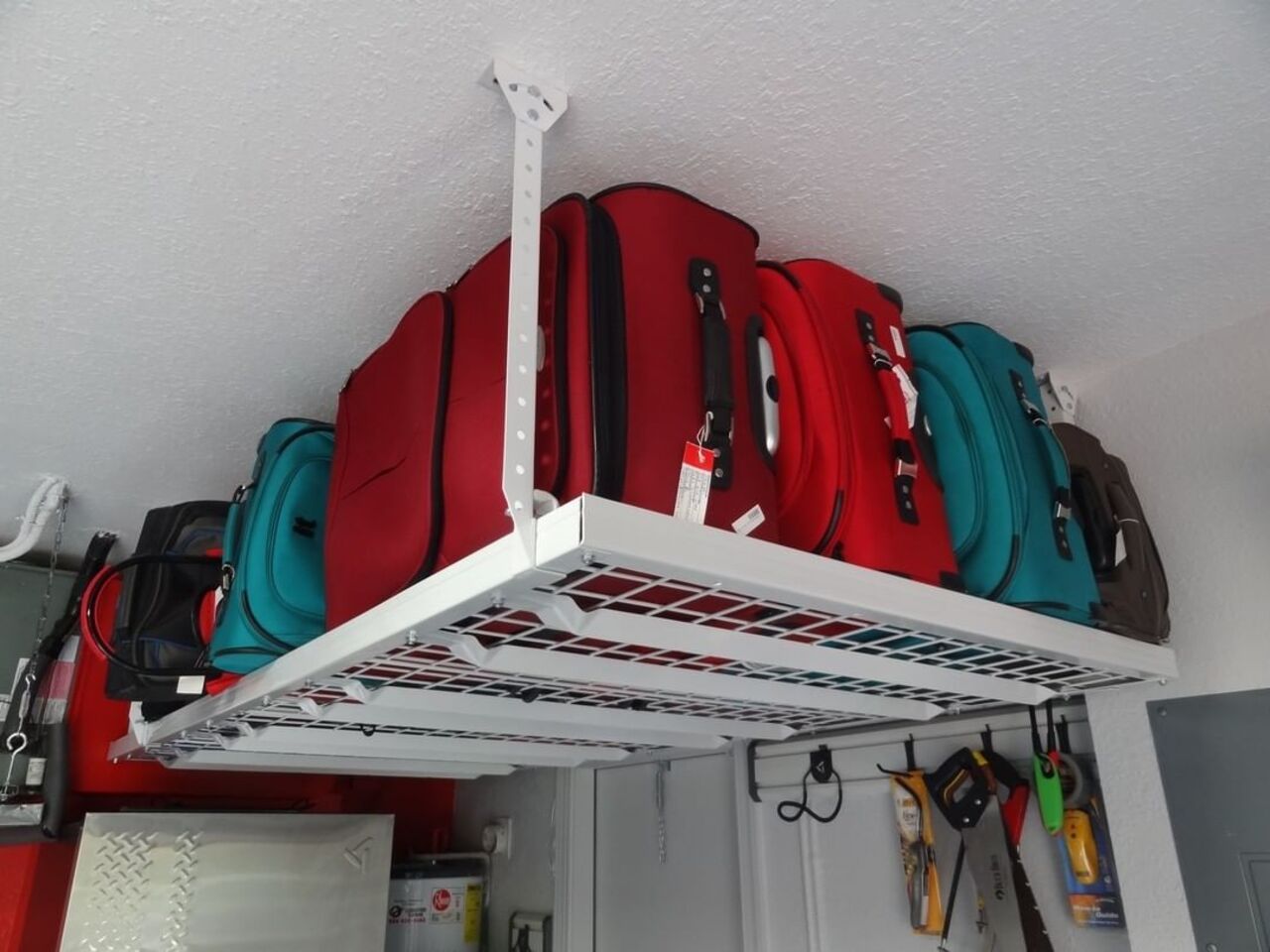
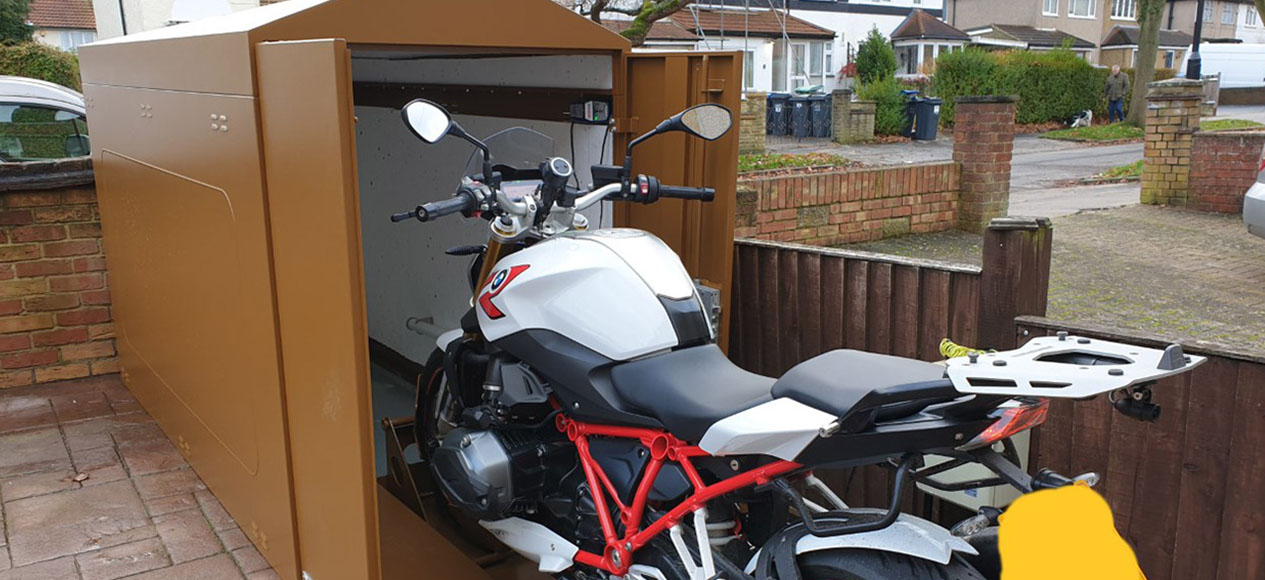




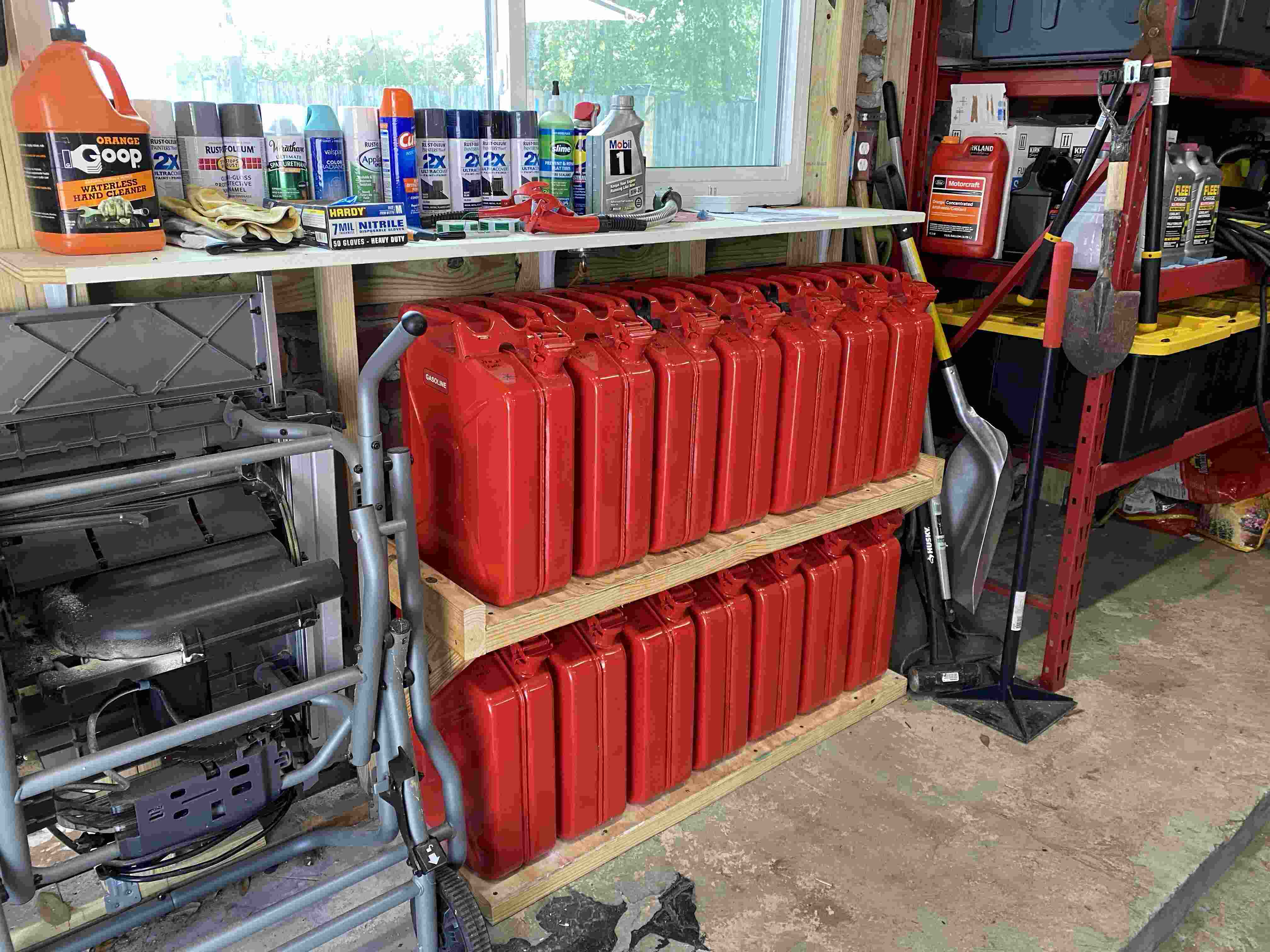

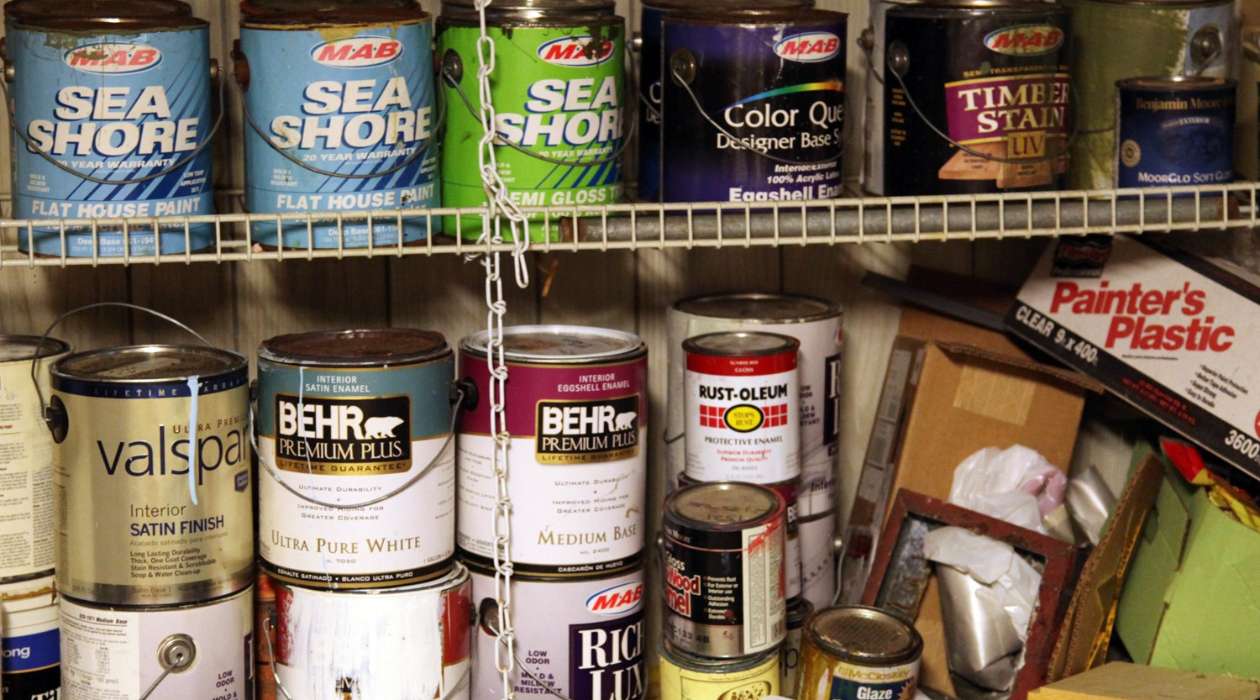
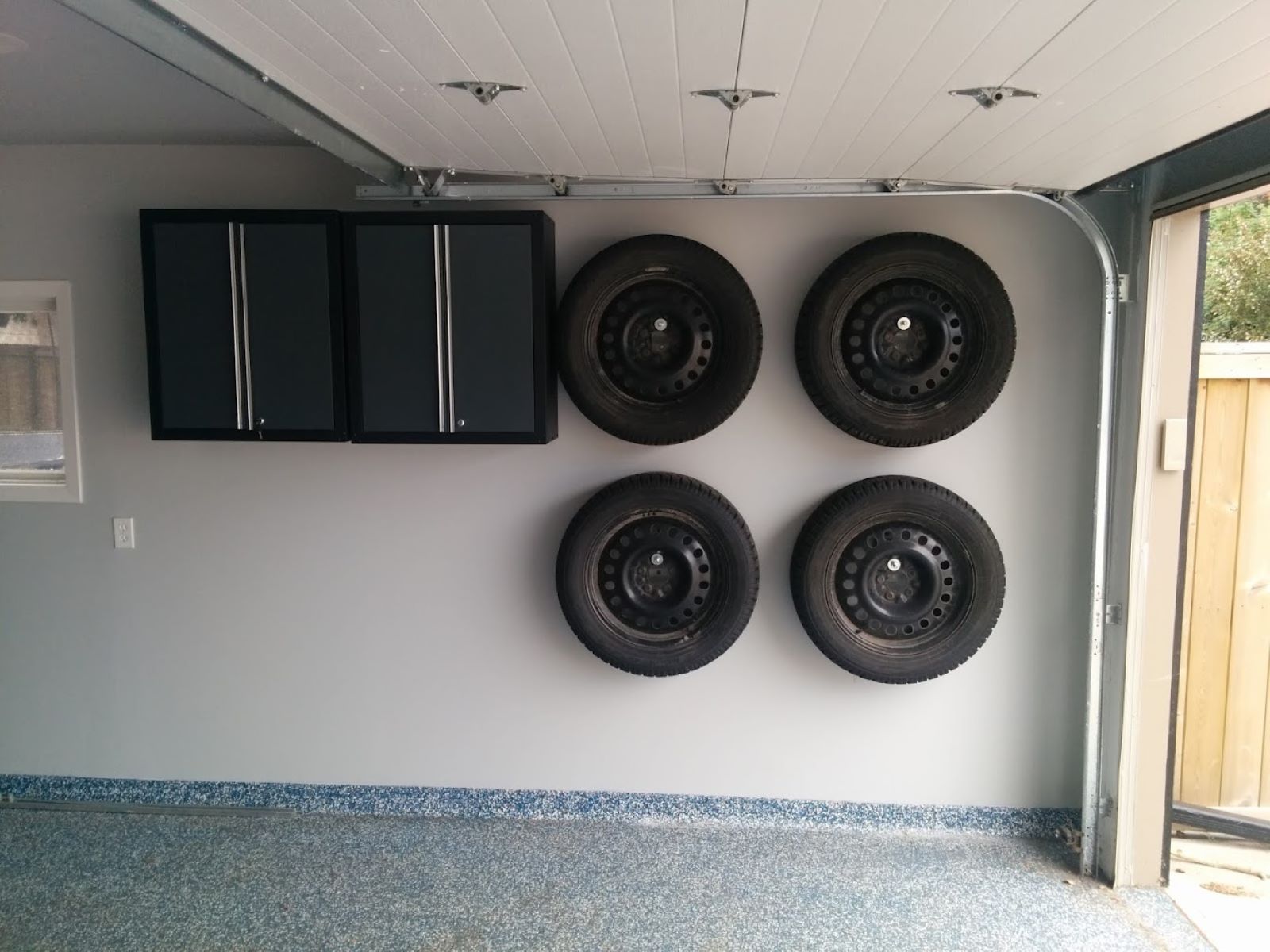

0 thoughts on “How To Store Luggage In Garage”